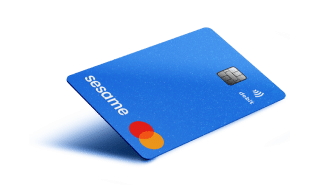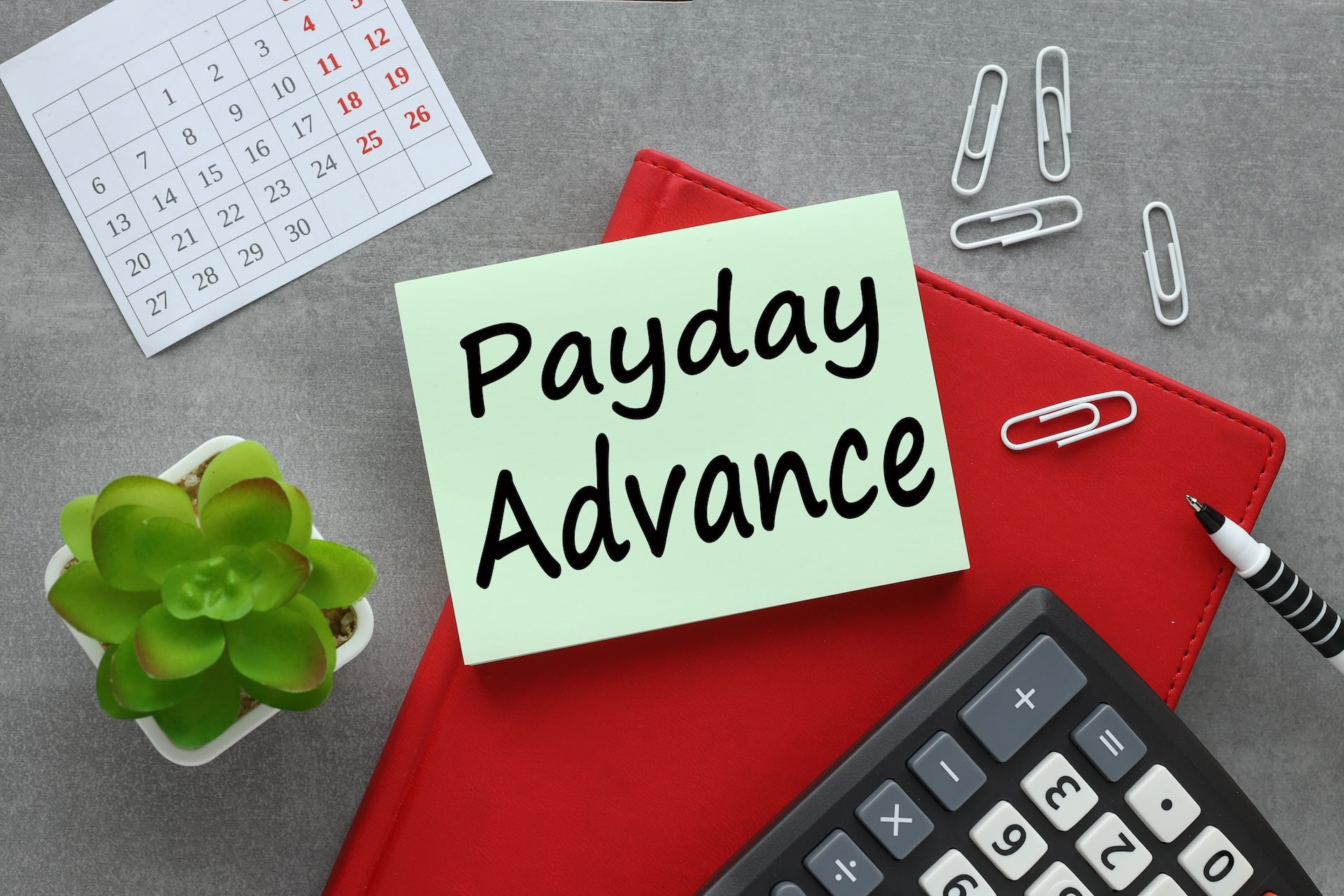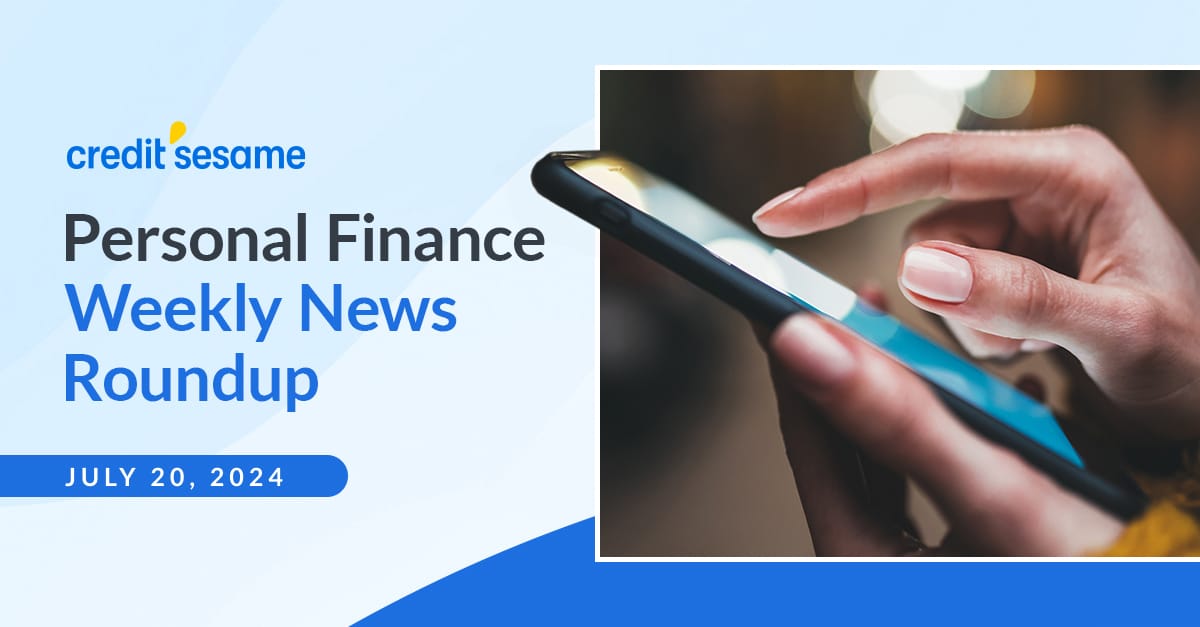Have you ever stood at the cash register and tried to make a purchase, only to have the clerk hand you your card back and explain apologetically that the transaction was declined? It happens. Despite the embarrassment and inconvenience, the rejection is really meant to protect your account, and to protect the card issuer from losses due to credit card fraud whenever possible. You can often preempt the rejection of a genuine transaction, freeing up the issuer to go after truly bad ones.
Here are the most common reasons your credit card might be declined.
[cta button=”text for button” image=”http://override-default-image-url” link=”http://override-default-link/”]Get your free monthly credit score–no credit card required![/cta]
Cardholder
1. No money, no credit. If you are using a debit card and your account has insufficient funds, the transaction will be declined. Similarly, if you’re using a credit card and you’ve hit your credit limit (or you’ve missed too many payments), the purchase will not go through.
What to do: Watch your balances. On credit cards, keep the balances under 30 percent of your limit, and under 10 percent if you’re trying to maintain an excellent credit score. On debit cards, don’t overdraw your account. Your banks might approve the transaction and then charge you an overdraft fee.
2. Erroneous data. You might have entered your zip code incorrectly at the gas pump, or your verification code incorrectly for an online purchase. Expired cards will also usually fail.
What to do: Slow down. Don’t keep entering the same information if it’s rejected twice. Multiple incorrect entries might get your card frozen because the issuer might assume a thief is trying to guess your information. If you’ve recently moved, make sure the card issuer’s system reflects your true current address. Keep an eye out for new cards in the mail before old ones expire, and remember to update the expiration date on any accounts that are set for automatic payment.
3. New terms. If you default on one credit account, you might see the consequences on another. This is especially true if you hold multiple credit cards from one issuer. Even if you don’t, the issuer might occasionally pull your credit report summary and reevaluate your creditworthiness without your knowledge. If an issuer decides to change the terms of your credit account, by lowering your credit limit for example, it must provide you with notice 45 days in advance.
What to do: Maintain healthy credit and stay on top of it with regular monitoring. Read notices that you receive by mail or email from your credit card issuer.
4. Cancelled card. If you are an authorized user on someone else’s account, the card may have been replaced or the account closed without your knowledge.
What do to: Check in with the account holder to find out about any activity that could affect your ability to use the card.
Fraud
Credit card issuers employ software that analyzes the likelihood of fraud in milliseconds.
5. Unusual activity. If you never use your card for anything bigger than lunch and you one day plunk the card down for a plasma T.V., you might get a “no” at the register. That’s because your credit card issuer considers the purchase behavior to be out of character for you and could be an indication that someone else is attempting to use your card. Certain transactions, like gold, electronics and cash advances, are more likely to be red-flagged, as is a large purchase that immediately follows a small one.
6. Unusual location. If you live in Cleveland, Ohio and you one day try to make a purchase in Liverpool, England, you might be turned away. Again, your credit card issuer knows the geographic boundaries of where you normally make your purchases and anything outside of that area, domestic or international, could indicate that an unauthorized person is attempting to use your card. This is especially true in areas that are known for fraud. Also, if purchases are made at great distances from each other but in a short time period, fraud flags might wave.
What to do: If you plan to use your card in any manner that is unusual for you, let the card issuer know. When you plan to make a large purchase or travel with your card, call the number on the back of the card ahead of time and give the issuer the information. Then you won’t be likely to encounter difficulty when you try to use the card.
Technology
7. EMV card required. If you travel with an American credit card, it might not work. Europe and many other parts of the world have already switched to EMV technology. The credit card readers require a card that has an embedded computer chip and a PIN entered by the user. American credit cards with an embossed number, a CVV code and a magnetic stripe may not work.
What to do: If you’re already traveling, ask if a manager or other employee can process the transaction manually. They may be able to call their card servicer and process the transaction over the phone with some help from customer service. If you’re planning to travel, ask your bank to replace your old card with one that employs EMV technology. If you’re looking for a new chip-and-PIN card, call the issuer you choose and make sure the card you want is available as a chip-and-PIN card before you apply.
Other events that might trigger a freeze on your credit card
8. New shipping address. If you’re making a purchase with an unfamiliar shipping address (that doesn’t match your billing address), the transaction might be declined.
9. Hitting an “invisible” credit limit. Temporary holds count against your credit limit even when they don’t result in actual charges. If you use a credit card to rent a car and then use the same card to check into a hotel, the combination of the temporary holds might put you over your limit, causing the second transaction to be declined.
10. Using the wrong card. Some transactions require a credit card versus a debit, prepaid or gift card. Or the card type might not be supported by the merchant’s payment system.
11. Racial profiling. Your credit card transaction might be stopped in its tracks before it ever hits the card reader if the salesperson believes you don’t look like the type of person who would rightfully own the card. While this behavior is undoubtedly illegal, it can be difficult and expensive to prove.
How to handle a credit card block
If your card is shut down for any reason, be prepared.
Communicate in advance. If you’re planning to make an unusual purchase or travel with your card, let the issuer know in advance.
Sign up for alerts. Allow your card issuer to text and/or email you with account alerts. You may be able to authenticate a flagged purchase by text message and avoid the hassle of being declined.
Carry other cards. Have at least one other card handy in case you need an alternate form of payment.
Know your card’s contact information. Store the toll-free customer service numbers as contacts on your phone, for example. Or keep an online email or document that lists each card and its phone number. No need to write down account numbers – they can access your account when you answer identity verification questions.
Advertiser Disclosure: Many of the offers that appear on this site are from companies from which Credit Sesame receives compensation. This compensation may impact how and where products appear (including, for example, the order in which they appear). Credit Sesame provides a variety of offers, but these offers do not include all financial services companies or all products available.
Credit Sesame is an independent comparison service provider. Reasonable efforts have been made to maintain accurate information throughout our website, mobile apps, and communication methods; however, all information is presented without warranty or guarantee. All images and trademarks are the property of their respective owners.
Editorial Content Disclosure: The editorial content on this page (including, but not limited to, Pros and Cons) is not provided by any credit card issuer. Any opinions, analysis, reviews, or recommendations expressed here are author’s alone, not those of any credit card issuer, and have not been reviewed, approved or otherwise endorsed by any credit card issuer.
Provider’s Terms: *See the online provider’s application for details about terms and conditions. Reasonable efforts have been made to maintain accurate information, however, all information is presented without warranty or guarantee. When you click on the “Apply Now” button, you can review the terms and conditions on the provider’s website. Offers are subject to change and the terms displayed may not be available to all consumers.
The information, including rates and fees, presented in this article is believed to be accurate as of the date of the article. Please refer to issuer website and application for the most current information. Verify all terms and conditions of any offer prior to applying.
Responses are not provided or commissioned by the bank advertiser. Responses have not been reviewed, approved or otherwise endorsed by the bank advertiser. It is not the bank advertiser’s responsibility to ensure all posts and/or questions are answered.
Reviews: User reviews and responses are not provided, reviewed, approved or otherwise endorsed by the banks, issuers and credit card advertisers. It is not the banks, issuers, and credit card advertiser’s responsibility to ensure all posts are answered. The Credit Sesame website star ratings are an average based on contributions from independent users not affiliated with Credit Sesame. Banks, issuers and credit card advertisers are not responsible for star ratings, nor do they endorse or guarantee any posted comments or reviews.
Disclaimer: The article and information provided here is for informational purposes only and is not intended as a substitute for professional advice.




















